via John Loffink on AH:
"I have posted data sheets for Salamander Music Systems modular synthesizers, from around 1980. There are 30 pages, scanned at 150 dpi, all in one zipped file. Most of this information is excerpted in the excellent SMS web site.
SMS Data sheets
John Loffink
The Microtonal Synthesis Web Site
The Wavemakers Synthesizer Web Site"
 Below: Programmable Envelope Generator 240
Below: Programmable Envelope Generator 240PEG-240

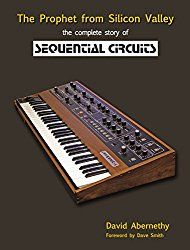



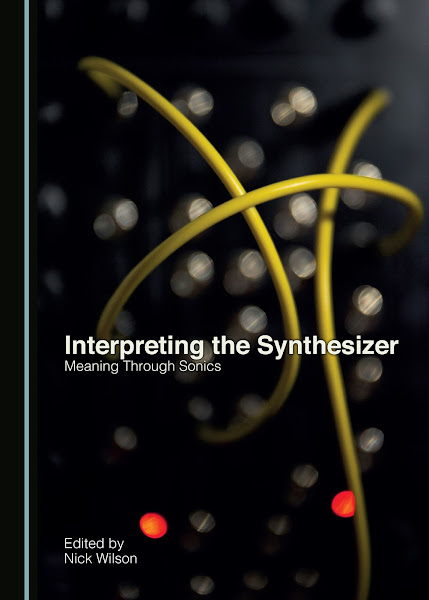
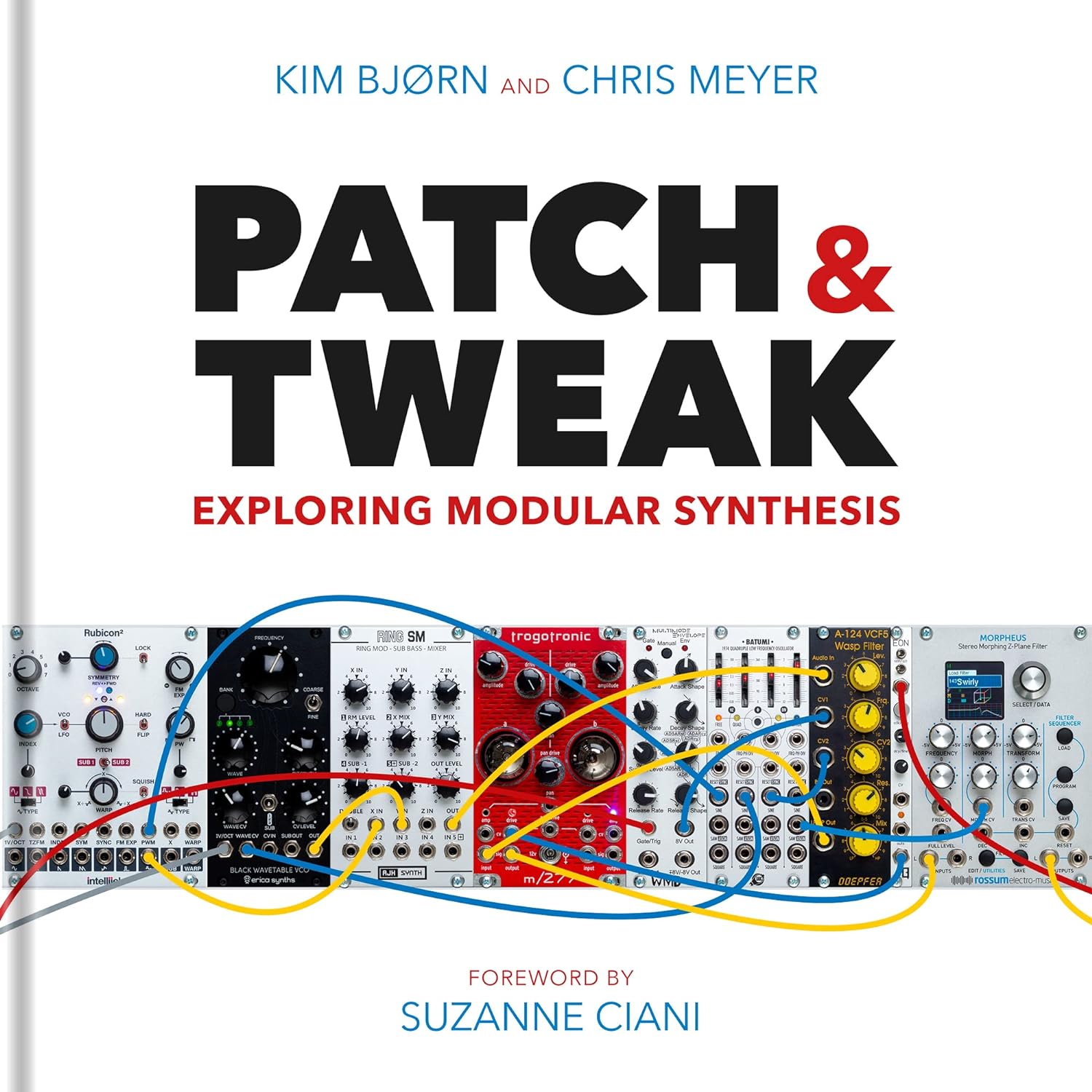

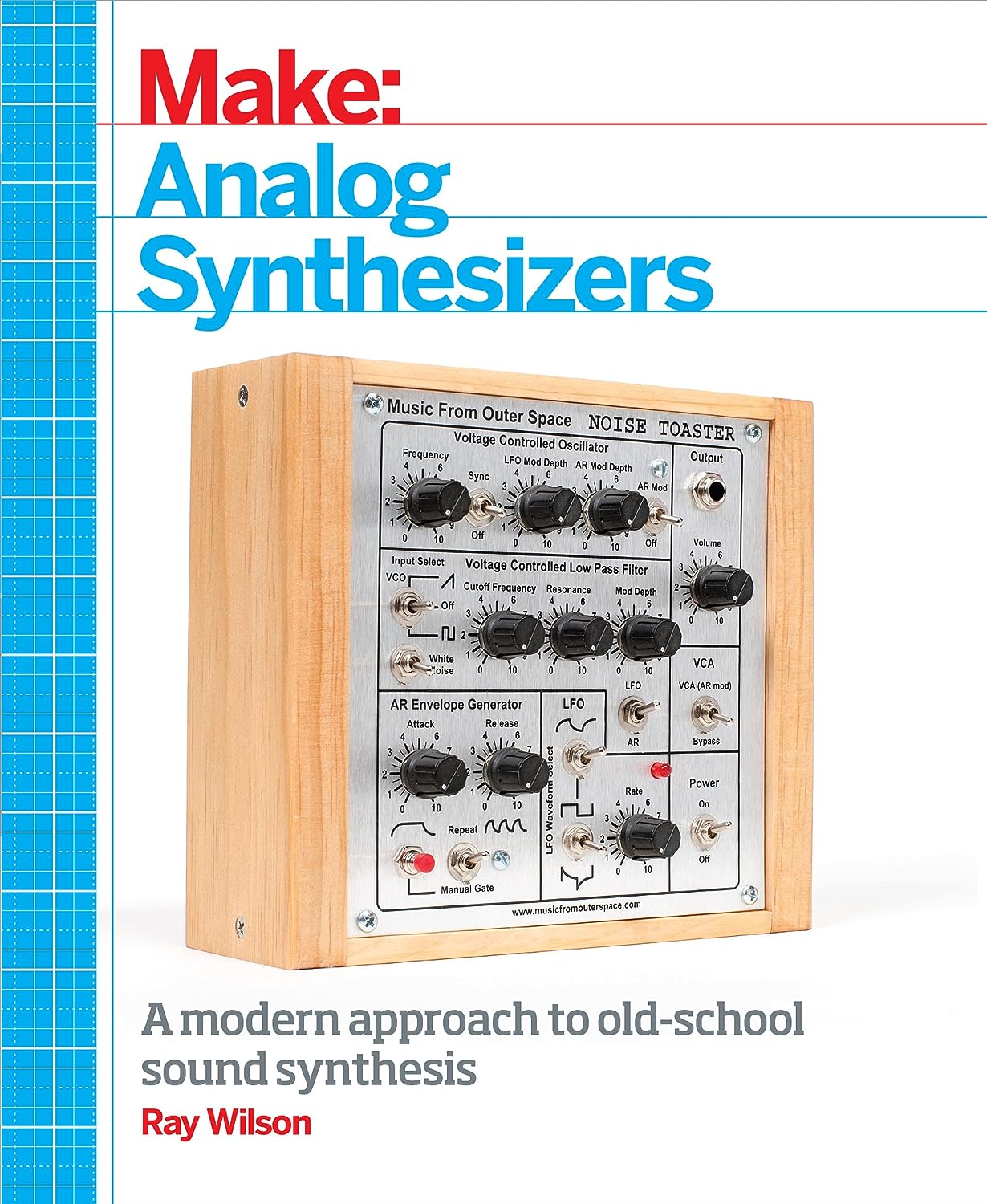

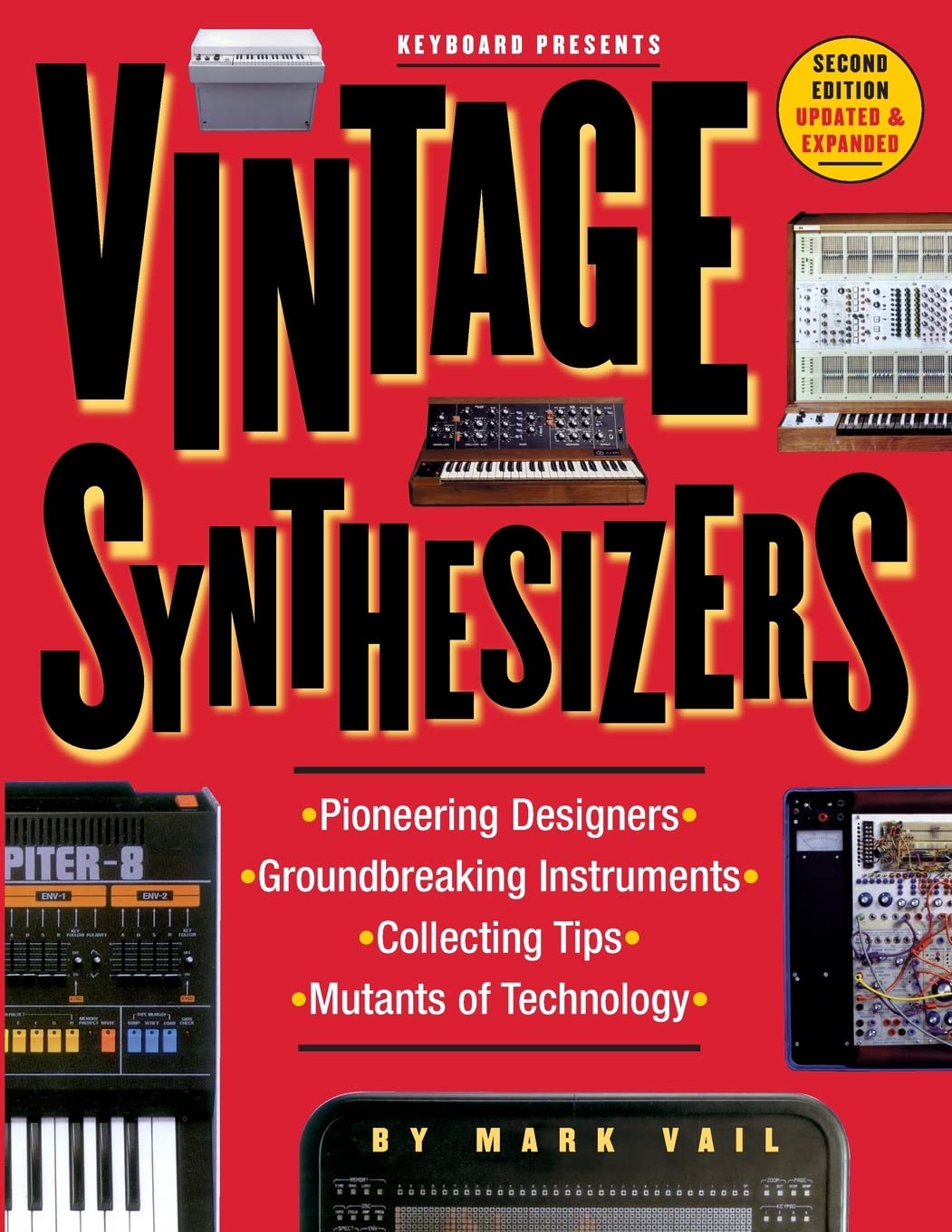
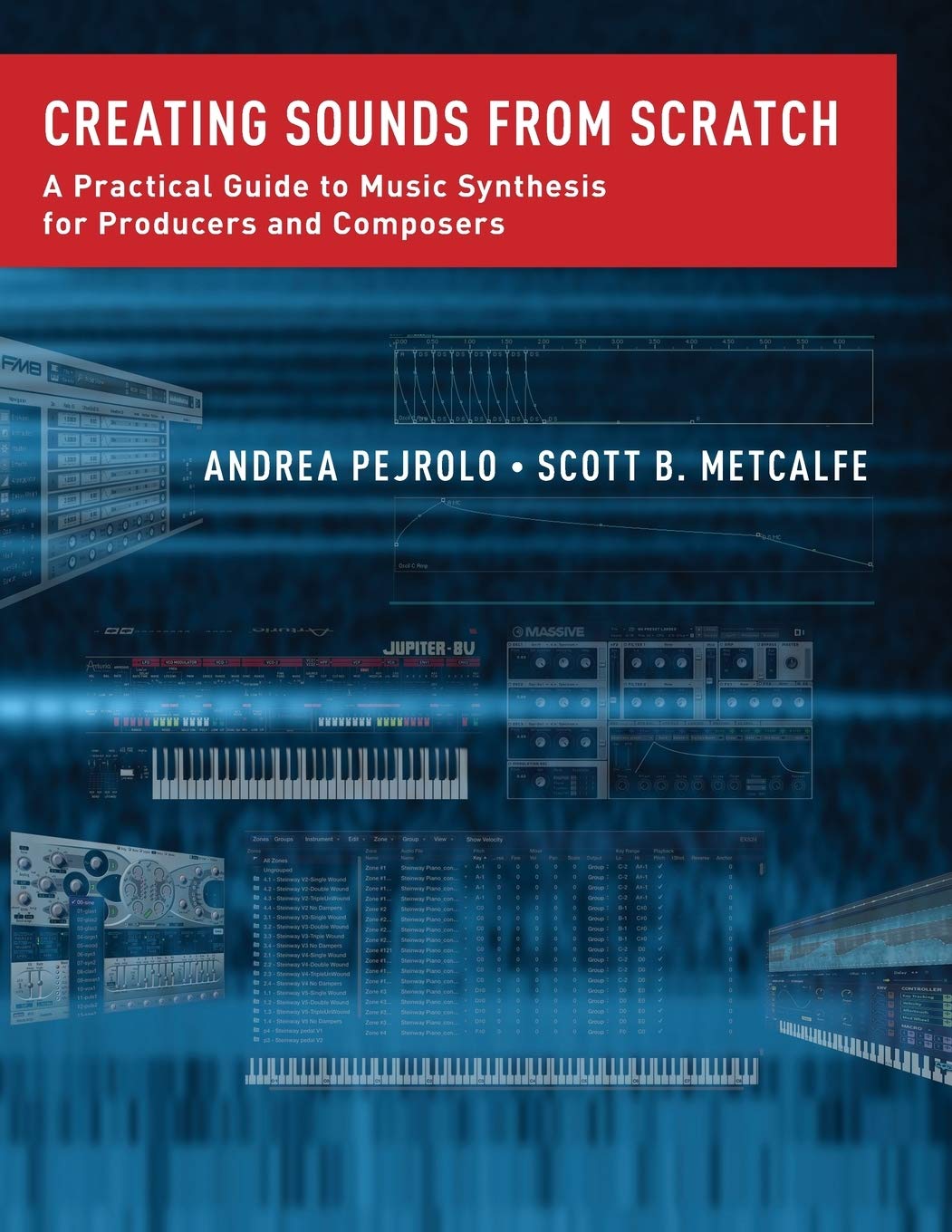
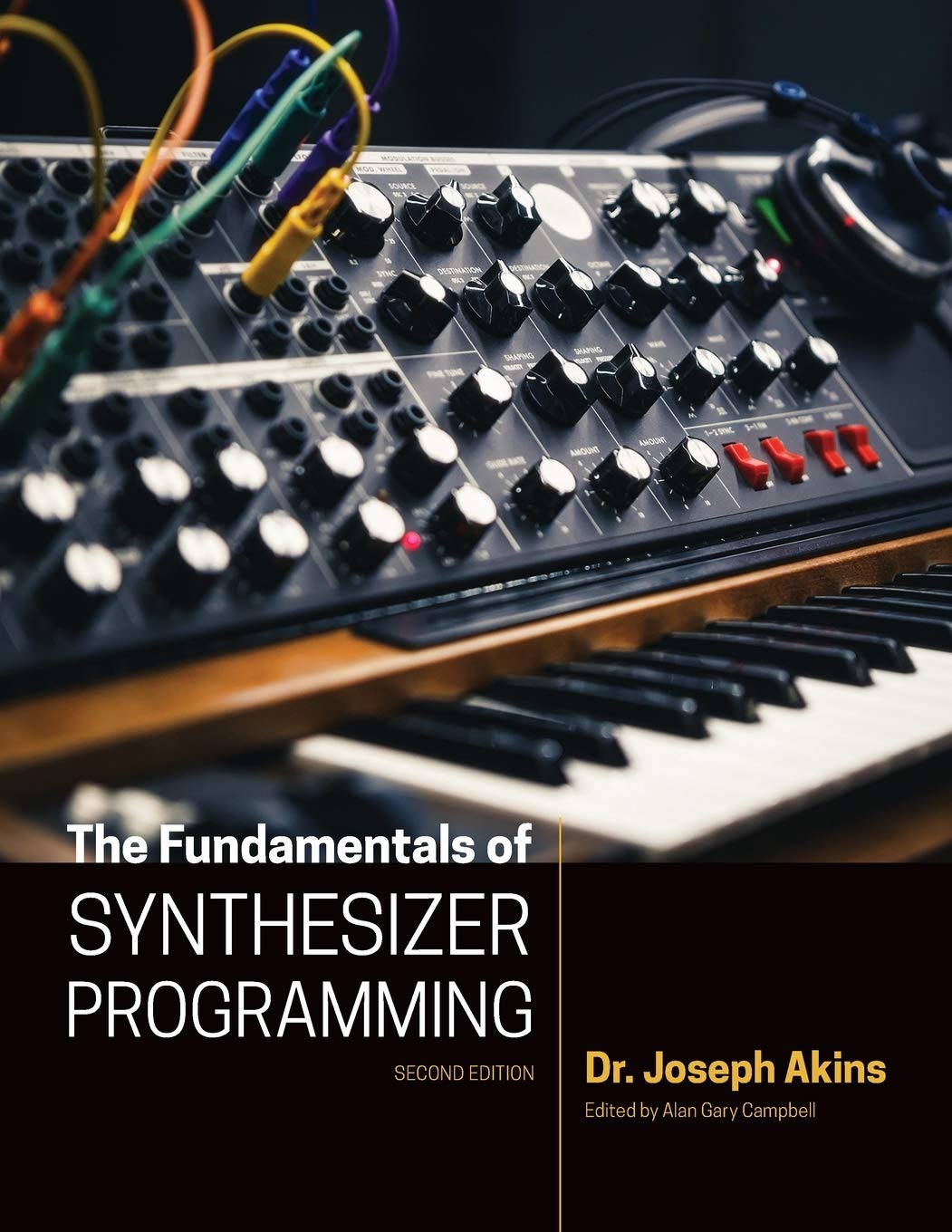















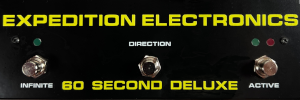
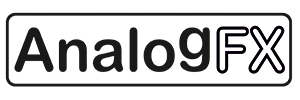










interesting stuff. its sad that i have never heard of them but there was an extraordinary amount of work that went into those designs. some incredibly complicated stuff that you don’t see anywhere today. just to see this stuff live on they should publish their work. even if its just for the diy’ers, it’s a shame to see all that work disappear. unless someone is going to start them up again?
ReplyDeleteis there a list of all of the synth manufactures that have ever existed anywhere?
was Rex Probe (of STS) involved with this company?
ReplyDeleteI posted this on AH, too -
ReplyDeleteMy rather sparse Salamander site can be found here: http://www.xfade.com/gear/Salamander/
Salamander Music Systems (SMS) was started by Dennis Saputelli, an amazing designer. For its entire history SMS also manufactured lighting consoles, which was a much more lucrative business. Pretty much everyone involved with SMS was into it for synth-geek reasons, though, and saw the lighting stuff as the necessary evil that needed to be done to finance the synth stuff.
I worked at Salamander from roughly 1977-1985. The goal was to build the no-compromise synthesizer we all wanted. This meant that we were somewhat more expensive than a lot of systems of that era. At one point we had some pens made up that read: "SMS - When you don't care _how_ much it costs." There were a handful of (mostly large) modular systems shipped, and somewhere between 30-50 Voice 400s. Quite a lot of custom work was done also. For example, Mike Cotten of "The Tubes" had a bunch of SMS stuff, including a cool custom sequencer.
The modular was really amazing for its time. It used high quality sub-modules for all of its core functions. We started out using EMu sub-modules for the 97 Dual Oscillator, 147 UAF, and maybe one other module (I seem to remember a four pole LPF, too). The EMu modules were really expensive, and hard to get, so early on we designed our own sub-modules, some discrete, some based on SSM and Curtis chips.
The power distribution was perhaps overkill, but it also had significant advantages. Basically, there is a system wide, loosely regulated, +/- 18 VDC, and +9 VDC power supply. Each module has it's own local regulators to bring that down to +/- 15 VDC and +5 VDC. Because a module has its own power supply, it can be swapped around from system to system without the need for re-calibration. It also spread the heat around more evenly. The 1" modules didn't really have room for regulators, so they had their own regulated distribution scheme.
The Voice 400 was also really nice, but came out a little after the Prophet V, and a little before the DX-7; polyphony was the order of the day. A great sounding programmable monosynth, even with a programmable analog delay, was not what people wanted. I had one music store salesman tell me, flat out, that effects in a synthesizer were a bad idea, and that no one would want them. It turns out that they may, in reality, be a bad idea, but everyone wants them, anyway :-).
After SMS had been selling systems for a few years, Serge Systems relocated from Hollywood to San Francisco, just across town. There was a good natured rivalry between Darrell Johansen, Paul Young and the crew from Serge, and the SMS crew. If the respective companies were bigger, and we weren't all pasty-skinned synth-geeks, we would have had rival baseball teams or something. I had been a Serge user, as had Salamander user Naut Humon, currently of Asphodel/Recombinant Media Lab, and his bandmate at that time in "Rhythm & Noise", Rex Probe. Rex was also affiliated with SMS, doing assembly mostly, but a little design, too. Somehow illustrating the cycles of life is the fact that Rex is currently running Serge Modular.
Dennis Saputelli is still doing some lighting stuff, but mostly he does custom design and assembly, on an OEM basis. His company is called Integrated Controls http://integratedcontrolsinc.com/ , and is still in the same warehouse as the Salamander of old. Since I worked there, he has expanded into all the available space on the first floor of the building, and seems to be doing well.